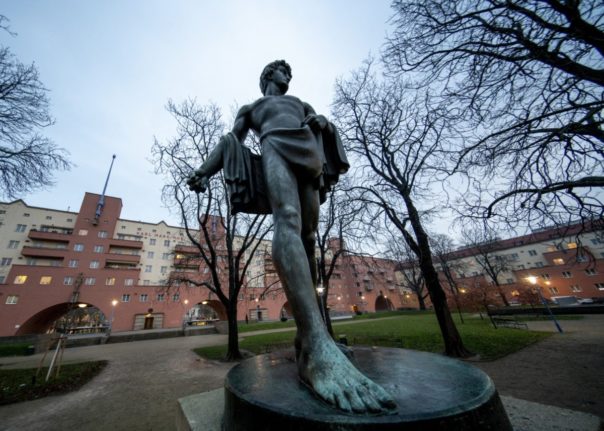It’s far from ideal but something that unfortunately happens to many married couples: a divorce.
Of course, divorces can be complicated by all sorts of different things. Is it amicable? Do you have children? Did you sign a prenup? And, of course, do you have property together?
READ ALSO: What you need to know about getting a prenup in Spain
Property in particular — who owns it, who is legally entitled to it, who will keep it, who takes on the mortgage — can cause friction in what is often an already tense time in many people’s lives.
So, what are the rules, and what happens to property in Spain when there’s a divorce?
What happens to property when there’s a divorce in Spain?
The short answer is, it depends.
In the simplest scenario where there are no children and the spouses each own equal shares of the property, there may be an agreement to sell the property and divide the proceeds equally.
What happens to the mortgage?
Maybe you’ve got a mortgage. Maybe it’s shared, maybe it’s in one person’s name. So what happens to it in the case of a divorce?
Technically speaking, if the loan agreement is signed under both names then both people should continue to pay the monthly fees and the financial institution may claim the payment from both holders. Josep Vera, director of business development of Hipotecas.com, told El Economista that “the people who appear on the loan and own the home will continue to maintain their obligations whether they are married or divorced.”
In simple terms, the people who signed up to the mortgage contract and appear as debtors on the loan agreement must pay it, regardless of whether they are married, divorced, or in the process of getting divorced.
However, it’s not exactly that simple, and there are legal options to work around this. In this case, both spouses can agree on the distribution of assets and decide who keeps the mortgage. If one person assumes the loan, you may be best served to ask the bank for a mortgage restructure. However, note that some banks may reconsider the terms of the mortgage offer depending on the different financial positions of each party and how the change in contract could potentially affect the repayment of the loan.
What about the kids?
If you have kids, they can also play a role in property division.
Put simply, child custody (and who has it) directly affects the use of the house and the mortgage. As a general rule, in Spain children stay in the family home with the parent who has been granted legal custody, although the payment of the mortgage, in these cases, will be borne by the owner whether or not he resides in the house or has custody or not.
So, in theory, you could be the mortgage owner but if you don’t have custody of your children, you will be paying the mortgage on a property you don’t live in.
READ ALSO: Civil union or marriage in Spain: which one is better?
Extinción de condominio
Another option and something fairly common in Spain when it comes to property and divorce disputes (and in shared properties more generally) is an extinción de condominio. We can translate this roughly as liquidation or dissolution of co-ownership, although it is sometimes referred to a dissolution of joint property ownership.
What is an extinción de condominio?
An extinción de condominio essentially means liquidating the common ownership of a property. There are generally two ways to do it: through an amicable agreement or through a legal procedure that leads to the forced sale of the property.
With an agreement
One of the possible solutions is an extinción de condominio with an agreement if one party decides they want to sell their part and is financially compensated by the other.
For example, if your ex-partner wants to keep the property and you don’t, one possibility is the transfer of your part to them in exchange for the financial equivalent. This is one of the simplest ways to do it.
Of course, you could also decide to sell the property and split the profit between you.
Without agreement
This is where things can potentially get a bit messy. An extinción de condominio without a prior agreement likely means a legal dispute and auctioning of the property in front of a judge.
Spanish legal experts recommend that it is always better to reach an agreement before it gets to this point. This is basically when one party does not agree and legal proceedings for an forced dissolution of ownership begin.
Tax benefits
However, there are some potential tax benefits of getting an extinción de condominio. Although one of the co-owners “acquires” the part of the other, from a tax point of view this is not taxed as “a sale” in the way a typical property purchase would be.
Whereas property sales can be taxed at roughly 6-10 percent, depending on the region, an extinción de condominio is only taxed at 0.5-1.5 percent (again depending on the region).
Making an extinción de condominio with an agreement for tax purposes is one of the most common arrangements for divorcing couples who co-own a property together in Spain.



 Please whitelist us to continue reading.
Please whitelist us to continue reading.
Member comments